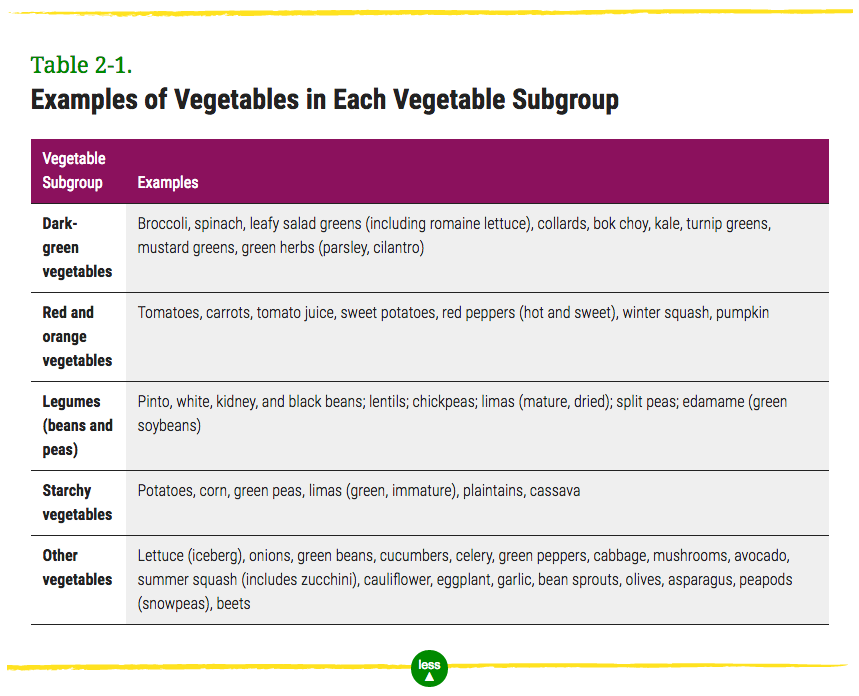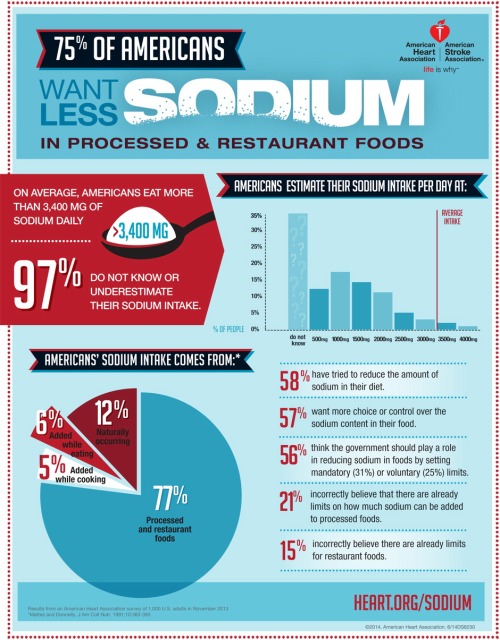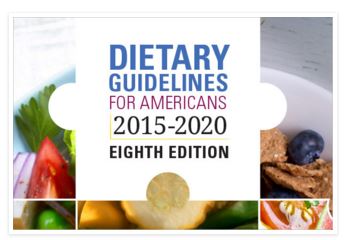
Gardening can be more than just a hobby, it can have lasting benefits for your physical health, mental health, and can help fight against some chronic diseases and cancers. In a randomized, controlled study of community gardeners, those who gardened increased their physical activity by forty-two minutes per week and ate an average of 1.4 grams more fiber daily than those who did not. They also reported lower levels of stress and anxiety. A few of the ways gardening can benefit your health include:
Increased Exercise. The CDC categorizes gardening as exercise. Gardening can exercise all the body’s major muscle groups. Physical activity during gardening such as digging, hauling, watering and harvesting can improve your physical strength, heart health, weight, sleep, and immune system. Regular exercise can also improve your brain health. Exercise can improve memory and thinking skills by reducing insulin resistance, reducing inflammation, and stimulating the release of growth factors—chemicals in the brain that affect the growth and health of brain cells.
Improved mental health. Gardening can improve your mental health by encouraging feelings of well-being, calm, empowerment, and connection. Working in school, community, and family gardens can help people of different ages, abilities, and backgrounds expand and deepen their connections with each other. Working in a garden can help you take charge and feel empowered to meet your own needs for exercise, healthy food, and beautiful surroundings. Having a routine of regularly tending a garden can provide structure to your day and is linked to improved mental health.
Increased Vitamin D production. A scientific review of the risks and benefits of sun exposure found that controlled exposure to the sun increases Vitamin D production in the body while limiting the risks of over exposure. Vitamin D can help lower the risk of breast cancer, colorectal cancer, bladder cancer, prostate cancer, non-Hodgkin’s lymphoma, and multiple sclerosis. In addition, if your vitamin D levels are low, you can have a greater risk of developing psoriasis flares, metabolic syndrome (a prediabetes condition), type II diabetes, and dementia.
Improved Diet. In the randomized, controlled study of community gardeners, in addition to increasing their daily fiber intake, the gardeners also increased their daily fruit and vegetable consumption. The Dietary Guidelines for Americans recommend that adults consume 2 ½ cups each of fruits and vegetables per day. Fruits and vegetables contain a variety of nutrients that promote health and prevent disease, including dietary fiber. Growing your own fruits and vegetables can help encourage you to eat more produce as you harvest your efforts from gardening.
Gardening can provide many health benefits for both the body and the mind. Increased exercise and Vitamin D production, improved diet and fiber intake, and feelings of calm, empowerment, and connection all contribute to improved mental health, physical health, and an overall sense of well-being. So, consider adding gardening to your list of hobbies today!
Written by Julie Weinberg, Dietetic Intern and Jenny Lobb, Family and Consumer Sciences Educator, OSU Extension Franklin County
Reviewed by Holly Bandy, Family and Consumer Sciences Educator, OSU Extension Stark County
Sources:
Litt, J.S., Alaimo, K., Harrall, K.K., Hamman, R.F., Hebert, J.R., Hurley, T.G., Leiferman, J., Li, K., Villalobos, A., Coringrato, E., Courtney, J.B., Payton, M. & Glueck, D.H. (2023). Effects of a community gardening intervention on diet, physical activity, and anthropometry outcomes in the USA (CAPs): An observer-blind, randomized controlled trial. The Lancet Planetary Health; 7(1): E23-E32. doi: 10.1016/S2542-5196(22)00303-5. https://www.thelancet.com/journals/lanplh/article/PIIS2542-5196(22)00303-5/fulltext
Litt, J.S., Alaimo, K., Buchenau, M., Villalobos, A., Glueck, D.H., Crume, T., Fahnestock, L., Hamman, R.F., Hebert, J.R., Hurley, T.G., Leiferman, J. & Li, K (2018). Rationale and design for the community activation for prevention study (CAPs): A randomized controlled trial of community gardening. Contemporary Clinical Trials; 68: 72-78. doi: 10.1016/j.cct.2018.03.005. https://www.ncbi.nlm.nih.gov/pmc/articles/PMC5963280/




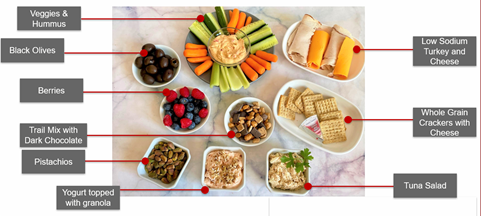
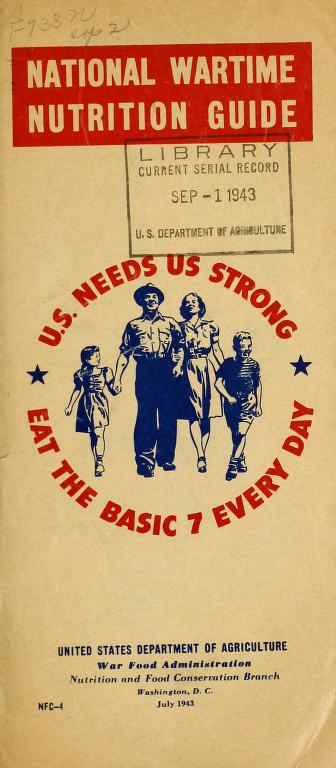




 bles since most Americans don’t eat enough of either.
bles since most Americans don’t eat enough of either.